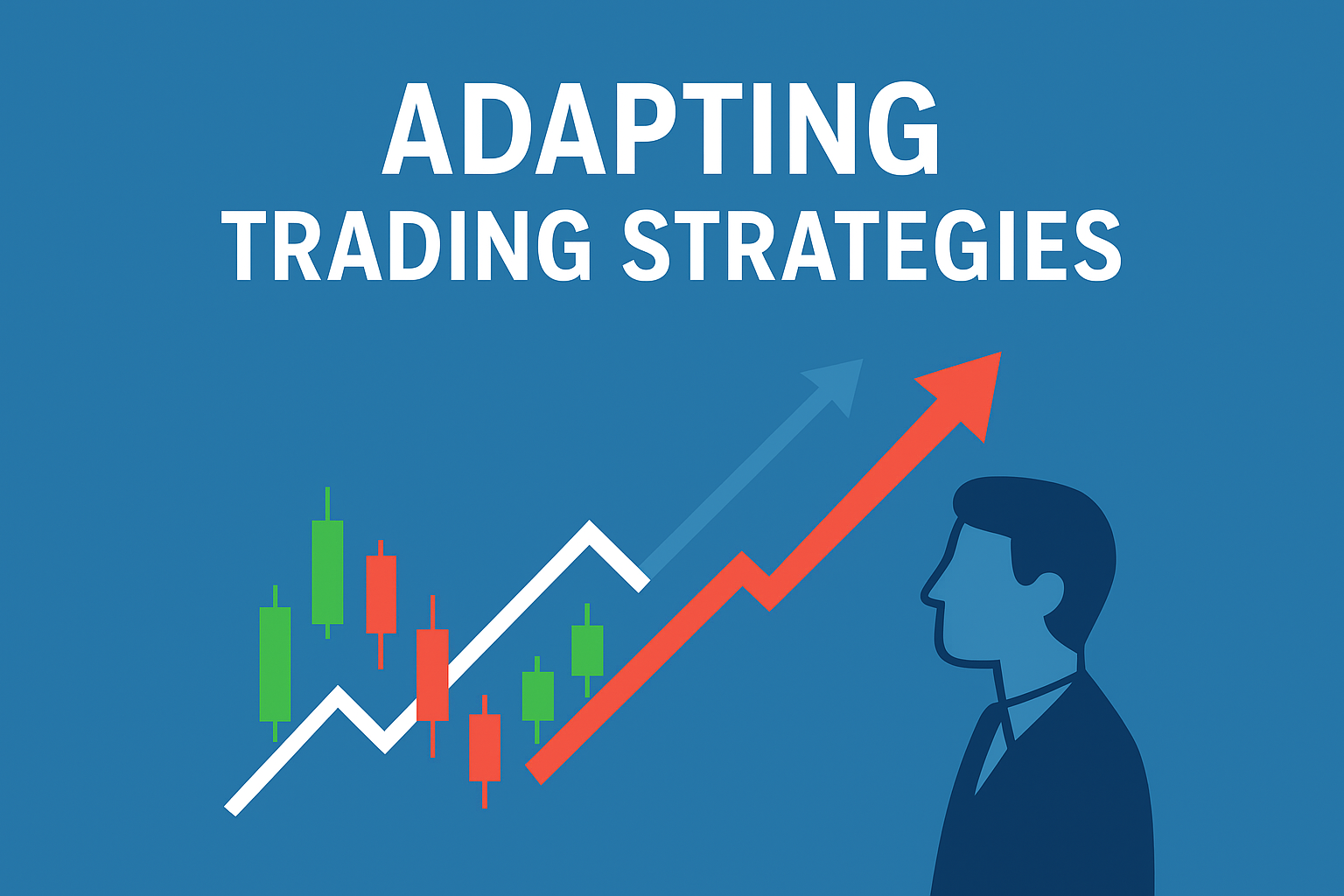
Adapting Strategies: How to Trade Smarter in Volatile Markets
Adapting Strategies: How to Trade Smarter in Volatile Markets
Volatility is the heartbeat of financial markets. While it can feel intimidating, it also presents some of the best opportunities for traders to capture big moves and maximize profits. The difference between success and failure in volatile markets lies in one crucial skill: adapting your trading strategy.
In this article, we’ll explore how to trade smarter in volatile markets, reduce unnecessary risks, and position yourself for consistent success.
1. Understand Market Volatility
Volatility refers to the degree of price fluctuations in a market. Factors like economic data, central bank decisions, geopolitical events, or even breaking news can trigger sharp moves.
For traders, this means:
- Higher risk: Prices can swing quickly against your position.
- Higher opportunity: Large moves can generate bigger profits if managed correctly.
The key is not to fear volatility, but to learn how to navigate it strategically.
2. Adjust Your Position Sizing
In volatile markets, risk can escalate fast. One of the smartest moves you can make is to trade smaller position sizes.
- Reduce the number of lots or shares you trade.
- Focus on capital preservation rather than aggressive gains.
- Use volatility-adjusted position sizing (based on ATR or market range).
By scaling down, you protect your account from sudden drawdowns while still staying active in the market.
3. Use Wider Stop-Losses Wisely
Tight stop-losses often get triggered during volatile sessions. Instead, consider placing slightly wider stops while reducing your position size to keep risk manageable.
For example:
- In calm markets, a 20-pip stop in forex may work.
- In volatile markets, a 40–50 pip stop may be more realistic.
Wider stops give your trade room to breathe, but always ensure you’re not risking more than 1–2% of your account.
4. Focus on High-Probability Setups
Volatile markets amplify both wins and losses. That’s why it’s critical to only take high-quality setups backed by strong technical and fundamental signals.
- Trade breakouts supported by volume.
- Wait for price confirmation instead of chasing moves.
- Avoid overtrading during uncertain conditions.
Patience is your best weapon in chaotic markets.
5. Shorten Your Timeframes
If swings are too wild on higher timeframes, consider scaling down to shorter timeframes for more control.
- Day traders often benefit from 5-minute or 15-minute charts in volatile sessions.
- Shorter trades mean less exposure to sudden market reversals.
However, avoid “scalping chaos”—only trade when patterns are clear.
6. Keep Emotions in Check
Volatility triggers emotional trading. Fear of missing out (FOMO) and panic exits are common. To trade smarter, you must remain disciplined and emotionally detached.
- Stick to your trading plan.
- Use a journal to track mistakes.
- Take breaks when emotions run high.
Emotional control is just as important as technical skill.
Final Thoughts
Volatile markets can either make or break traders. By adjusting position sizes, widening stops carefully, waiting for high-probability setups, and staying disciplined, you can trade smarter and turn market chaos into opportunity.
Adaptability is the ultimate trading strategy. The markets will always change—but those who learn to adjust will continue to thrive.
